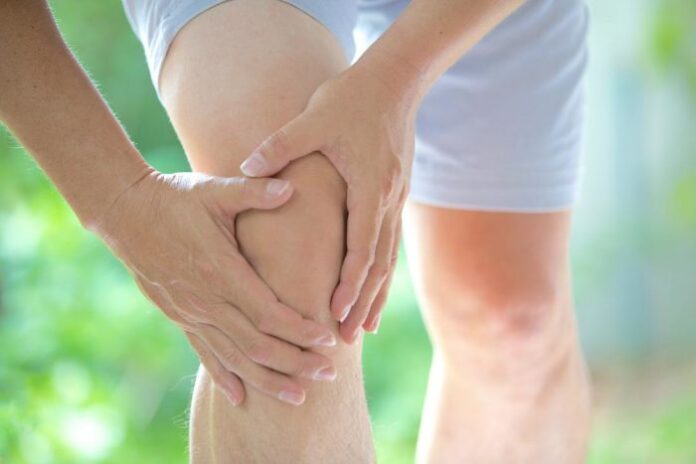Osteoarthritis is a very common form of arthritis. It affects many people around the world, and one of the places where it is the most common is the knee. As common as it may be, however, it’s also degenerative and is one of the most painful forms of arthritis. For many, this could be inevitable as they age. But, there are also those that have osteoarthritis as an aftermath of an injury.
This ailment has multiple stages that greatly differ in symptoms, how they are treated, and how you recover after. It can also be alarming to note that people suffering from this ailment are rising in number. So, the last thing that you’d want to happen is to become one of those that can fall victim to this disease. But, if you do, it pays to get treatment before it’s too late, or reaches its advanced stage.
In this article, we will go over all of the things related to the different stages of osteoarthritis in the knee.
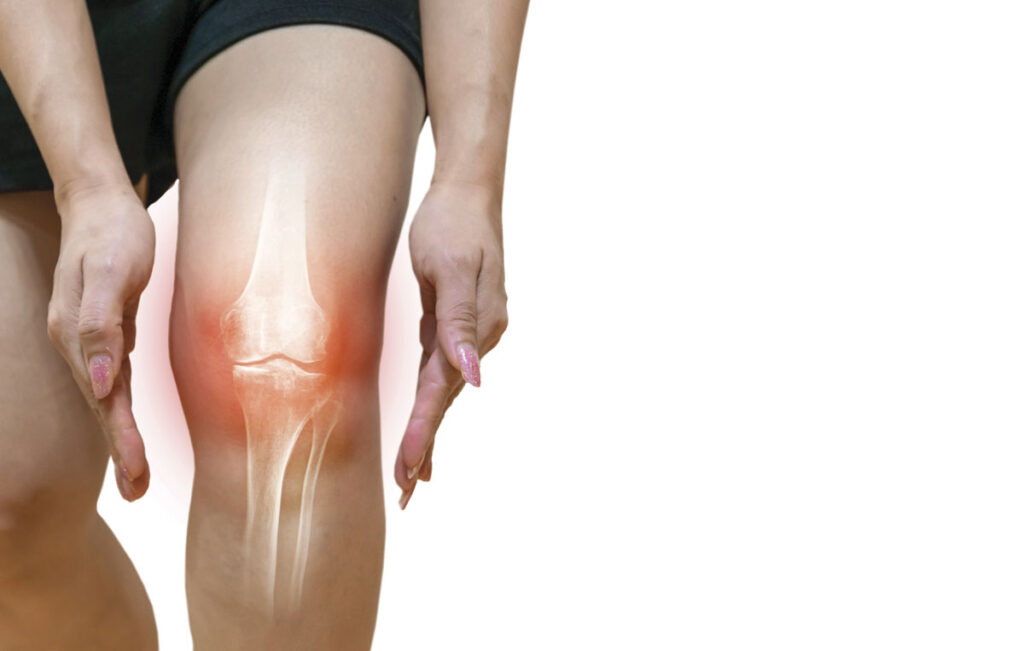
About the Condition
Osteoarthritis, or OA for short, affects the bones, cartilage, and the synovium of the knee joint. Cartilage is the slippery tissue that makes it easy for the bones to move because it is situated between them. The joint bones move smoothly thanks to a cushion of cartilage. Synovium is also soft, and it lines our joints. It produces synovial fluid that lubricates and gives nutrients to the cartilage.
During osteoarthritis, all of these functions slow down and break down, and there is nothing to protect the bones in the knee. This is why bone damage occurs, and we feel pain and lose the free range of movement. The knee becomes stiff, and the symptoms only worsen as time passes.
The great thing about osteoarthritis is that although it progresses fast, it’s also one that’s easily identifiable, for as long as you know what it is you’re looking for. This can be done by noticing some of the common symptoms and also through diagnostic exams.
Stages of OA
Knee OA takes multiple years to develop, and it always comes in four stages. The hard thing about is that the symptoms usually do not appear until the later stages. Then, there could also just be mild changes shown in the X-ray, which sometimes don’t even become indicative yet of osteoarthritis. If you know you have it in the early stages, you must pay attention to even the slightest changes.
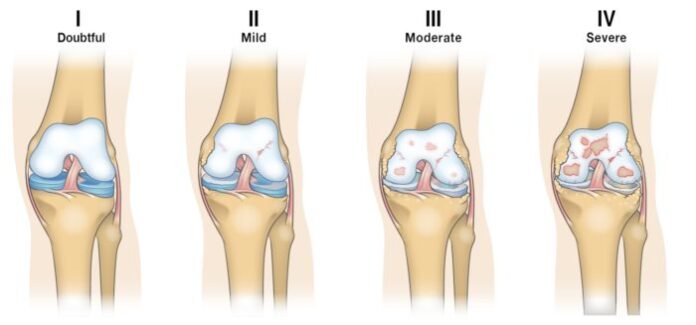
Stage 1 – Minor
During the first stage, there are small lumps on the bone, called osteophytes. They grow in the area of the knee. At this stage, cartilage is damaged slightly. The space between the bones does not narrow, and you will not feel pain or discomfort. On X-rays, the joint appears normal and fine.
Stage 2 – Mild
Symptoms begin appearing at this stage, and your doctor will notice some wear signs. The X-rays and scans will show more growth of the lumps, and your cartilage starts to become thinner. However, the space between joint bones still appears normal, but the area where they meet the tissues has already started to harden. When it does, the bones are denser and thicker, and a thin layer of bone develops under the cartilage.
Stiffness and pain begin for some, most notably around the knee when you sit for long. The overall damage is still minor, and the bones have not started rubbing or scraping against each other yet. There is still synovial fluid that reduces friction and supports the movements.
Stage 3 – Moderate
The cartilage damage further progresses, and the gap has finally narrowed. The X-rays show the loss of cartilage. During daily activities like walking, running, bending, and kneeling, there is discomfort and pain in the knee. Early signs of inflammation may also appear around your knee.
The cartilage continues to break down and become thinner if OA is untreated. Your bones respond by further thickening and growing outward, producing even more lumps. The immediate tissue surrounding the join is inflamed and might produce extra synovial fluid. The knee swells. This condition is called synovitis, or water on the knee, as it is referred to more often.
Stage 4 – Severe
The most advanced and dangerous stage of knee OA is stage 4. The symptoms are visible, while the space between the bones is even more narrow, resulting in more cartilage breaking down. The results and symptoms are even worse, there is constant inflammation, and even less fluid around the joint to protect it. This causes dangerous amounts of friction of the bones and more discomfort and pain in the knee during the most basic activities.
The X-ray will show bone on bone, which means there is no cartilage or very little of it. More bone lumps are there, while in the most severe cases, the whole knee is deformed because of the uneven loss of cartilage. At stage 4 of the knee OA, a surgical procedure is often the only thing that can be done.
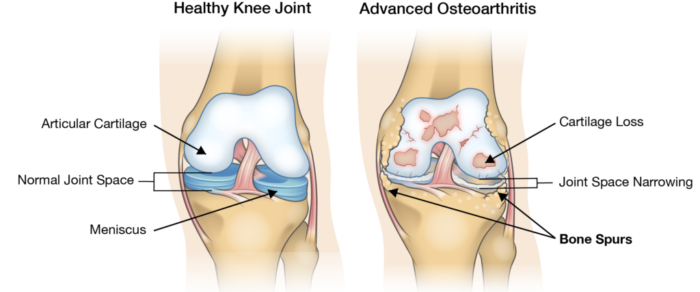
Treatment of the different Stages
During the first stage, as the symptoms are only minor, acetaminophens, or over the counter (OTC), medication can be used to relieve you of pain. Exercises can also help to strengthen the legs and the body, increasing mobility and taking the pressure off the knees. Supplements like glucosamine and chondroitin can also be beneficial, but it is not known exactly how much. And you can find it in Dona products.
Stage 2 treatment includes several things. First, there are pain relievers, similar to the previous stage. However, physical therapy sessions and maintenance of flexibility and strength are crucial in this stage. A knee brace to relieve pressure and support the joints is also recommended. Last but not least, special shoe inserts exist that remove extra stress on the knee in question.
For the third stage, OTC pain relievers remain, including acetaminophen. In addition, prescription pain relievers should be used, mainly codeine and oxycodone. The main thing in this stage, however, are corticosteroid or hyaluronic acid injections. Your doctor will give you three to five injections, over a period of 3 to 5 weeks. Relief from these can last up to 6 months. All of this is usually pricey; however, which is why some people cannot treat their symptoms.
The last and final stage is also the hardest to deal with because the cartilage is nonexistent. Surgery is often the only course of action.
Alternative Techniques
Some alternative medicine and practices are available, and they might help you or relax you. They include acupuncture, magnetic therapy, lateral wedge insoles, and needle lavage. A mixture of chondroitin and glucosamine or a larger dose of one can also help. Mind that all of these methods require a lot more study and tests, as there is currently no information on how beneficial they are.
Whenever you want to mix natural forms of treatment with that of conventional medical forms, it’s always best also to consult the advice of a medical professional first.
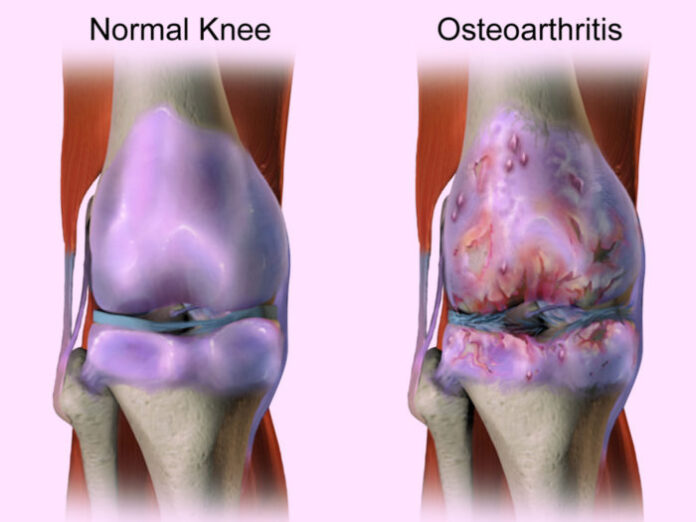
- Stem Cell Therapy
The latest breakthrough in the treatment of knee OA is stem cell therapy, which can regenerate cartilage. Still, it is very expensive, several rounds might be necessary, and it may be ineffective if the mass body index of a person is more than 35. Different procedures also exist in this therapy, and overall, it is quite inconsistent. Side effects are also possible, including adverse reactions to the injection, wrong location of cells reproduction, failure of cells to work, and even tumors. A lot of consulting and research is needed if you decide to try this method.
- Acupuncture
Acupuncture is helpful in providing relief as to the stiffness of the joints for patients suffering from knee osteoarthritis. Especially for patients that routinely have acupuncture, in the long run, this can help relieve whatever pain it is that they go through. Hence, they’re now more able to go through their daily life, moving through a better quality of life.
Risk Factors and Prevention
In order to lessen the risk of developing knee OA, you should know what factors benefit this ailment. They include age, obesity, previous injuries, overuse, weak thigh muscles, and genetics. You can directly control some of these, so do your best to prevent OA of your knees through a healthy lifestyle and weight, control of your blood sugar, regular activity and stretching, and avoiding the overuse of the knees. Then, a proper intake of calcium can also help. Whenever you feel like you’re experiencing any trouble with your joints, make sure you mention this immediately to your doctor. Don’t just sleep on it. Click here so a licensed professional can help you to better navigate through this disease.

Final Word
Through reading this article, you are now more informed as to what knee osteoarthritis is. Generally, this awareness should help you prevent the disease from reaching its advanced stage, wherein treatment forms may be quite difficult. Then, the chances of cure and that of a manageable life are also slimmer. Information and knowledge are key. So with this, should you start to develop any of the associated symptoms, you’re now aware of what it is you have to do.

